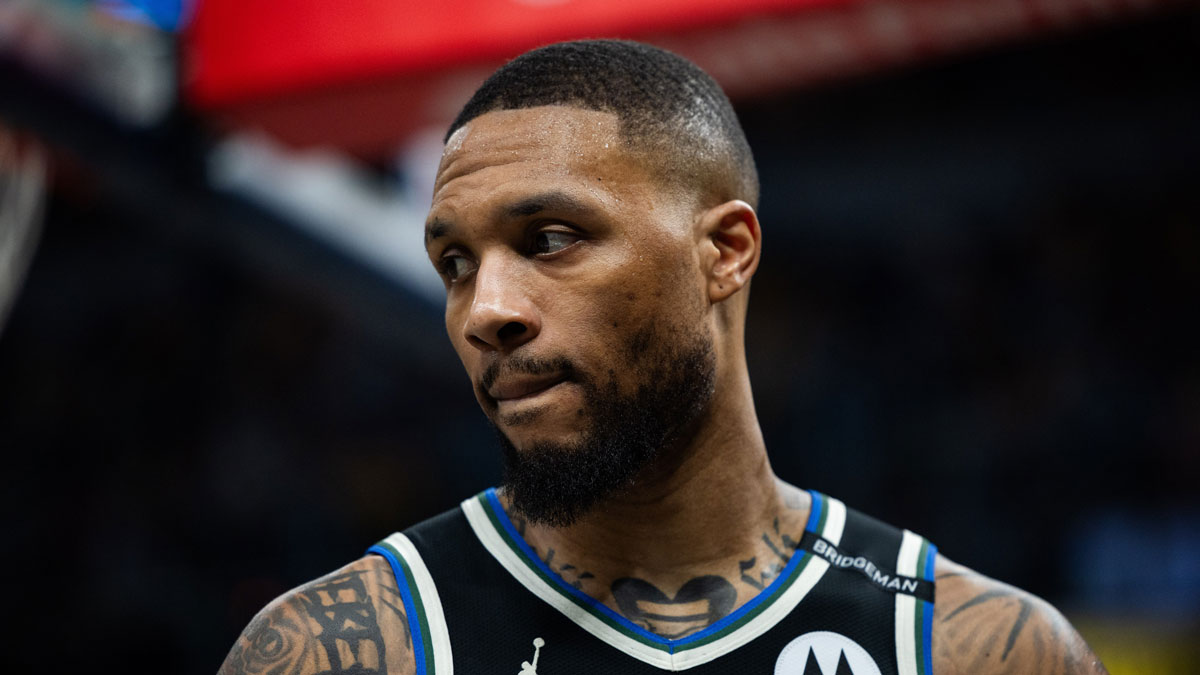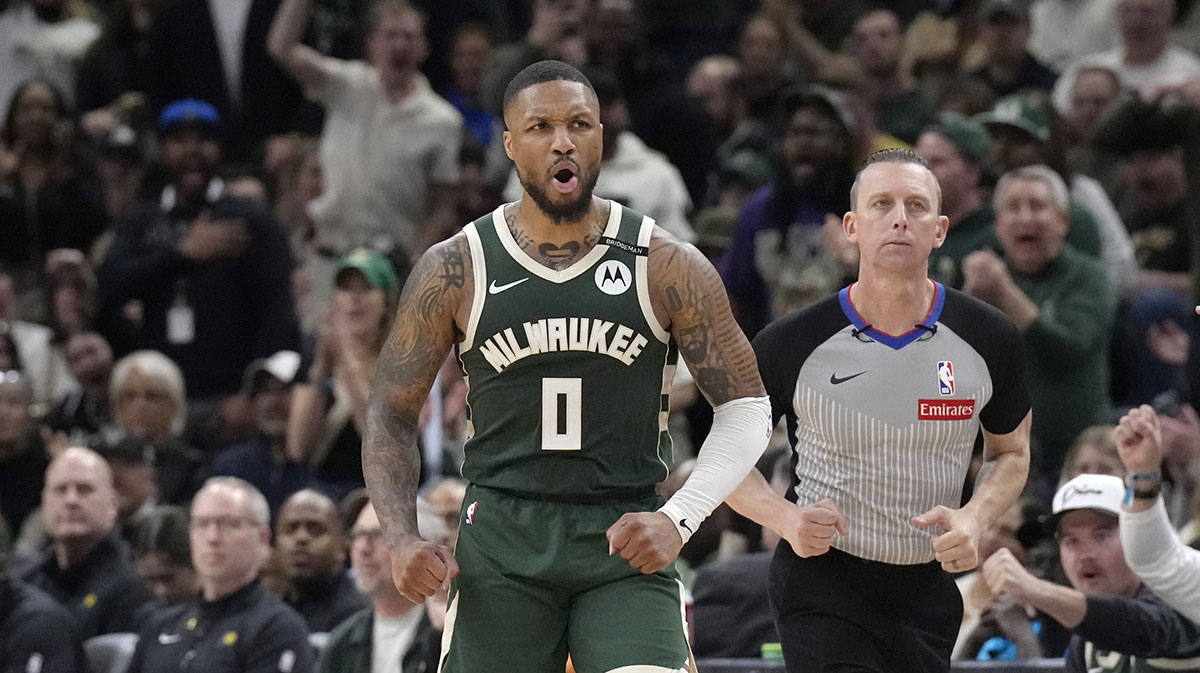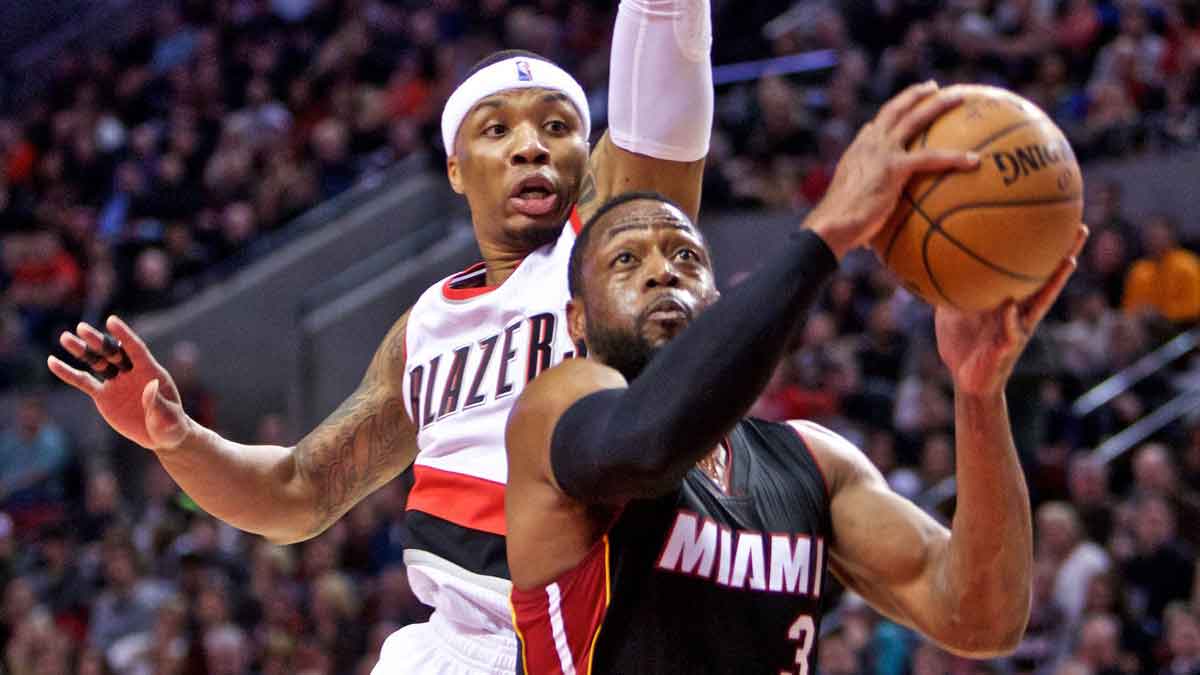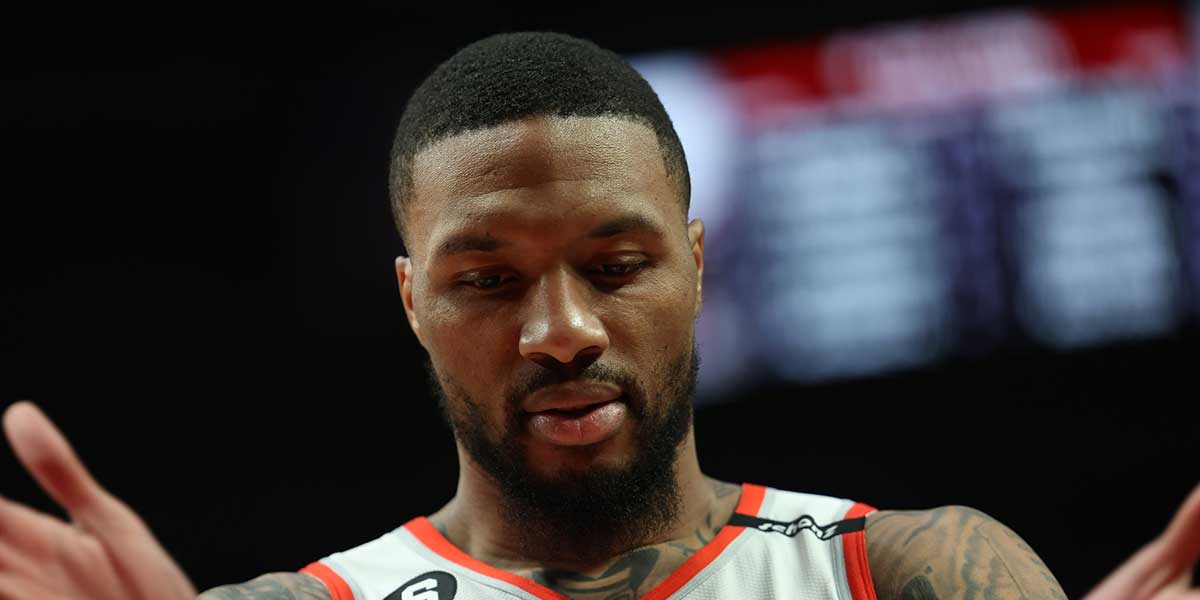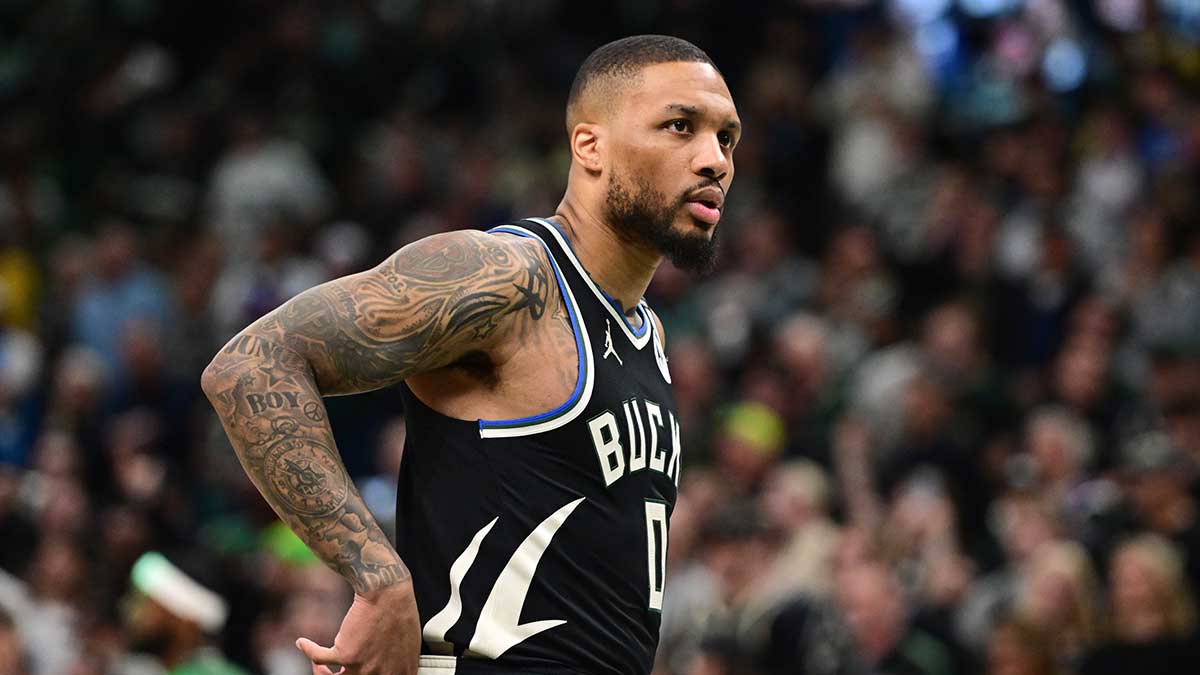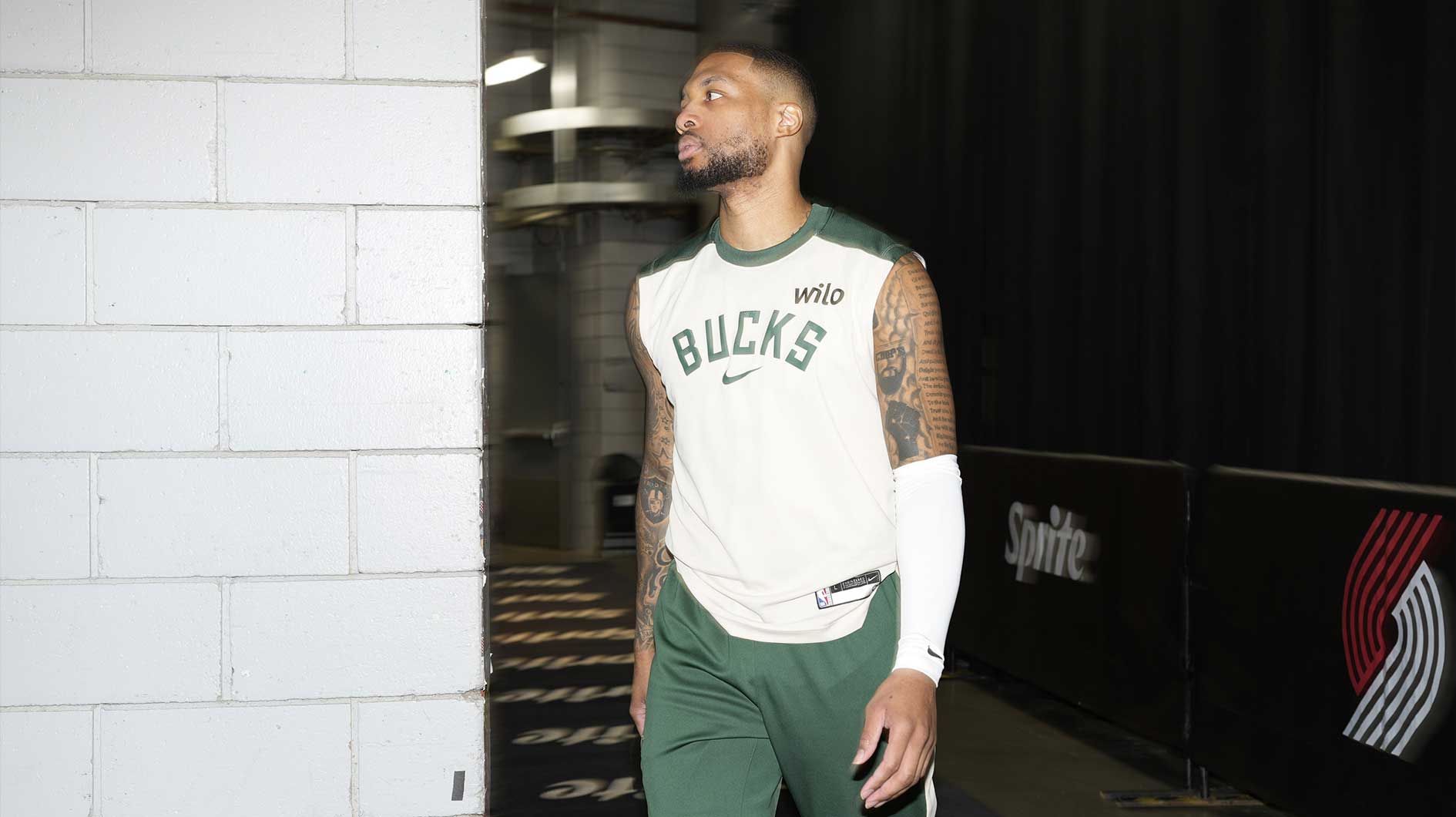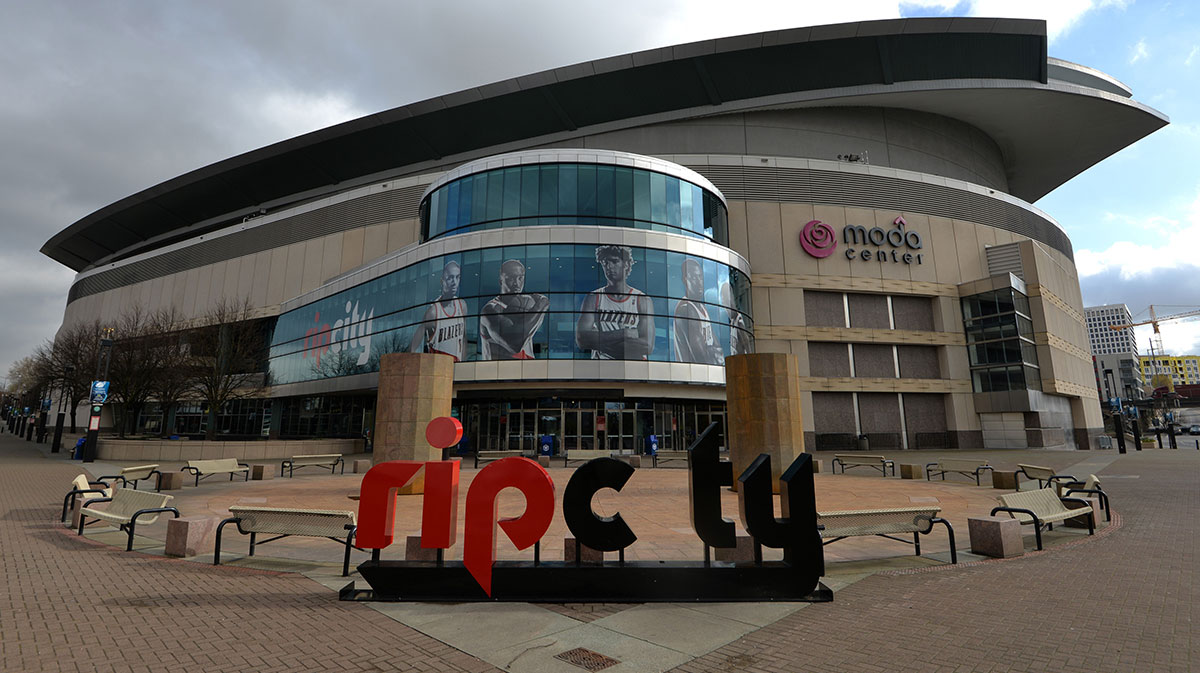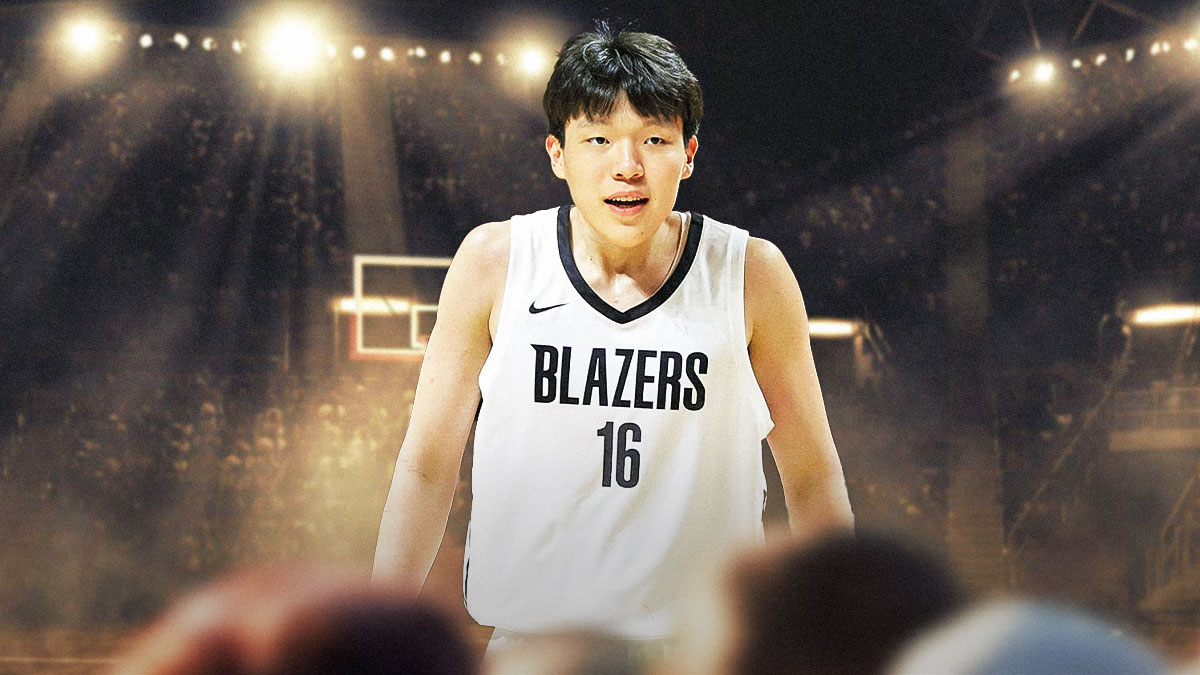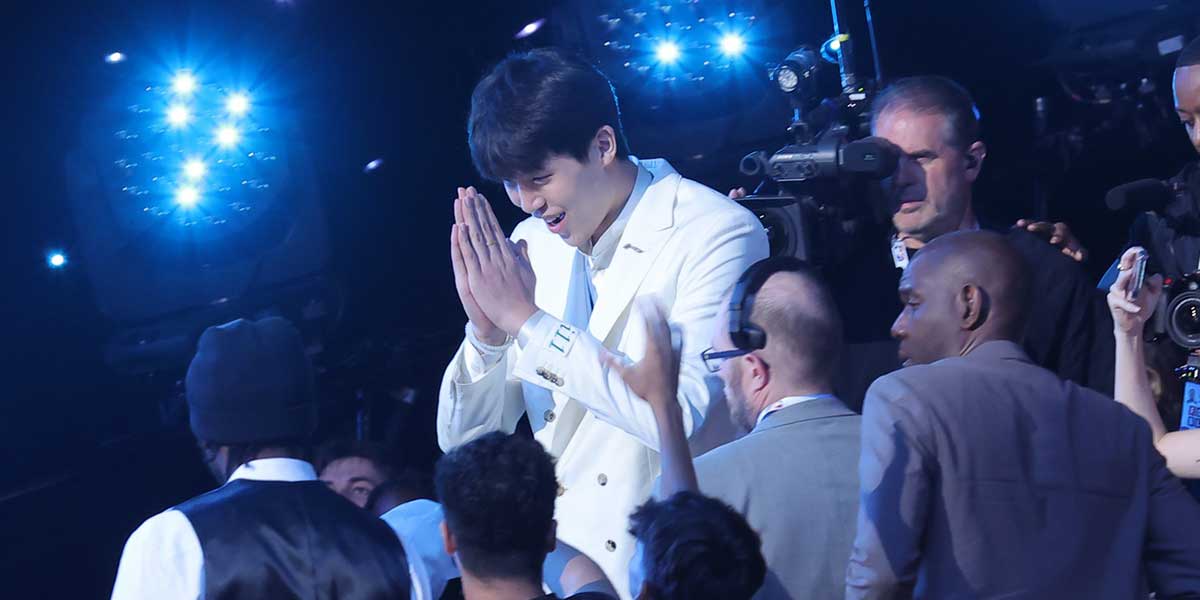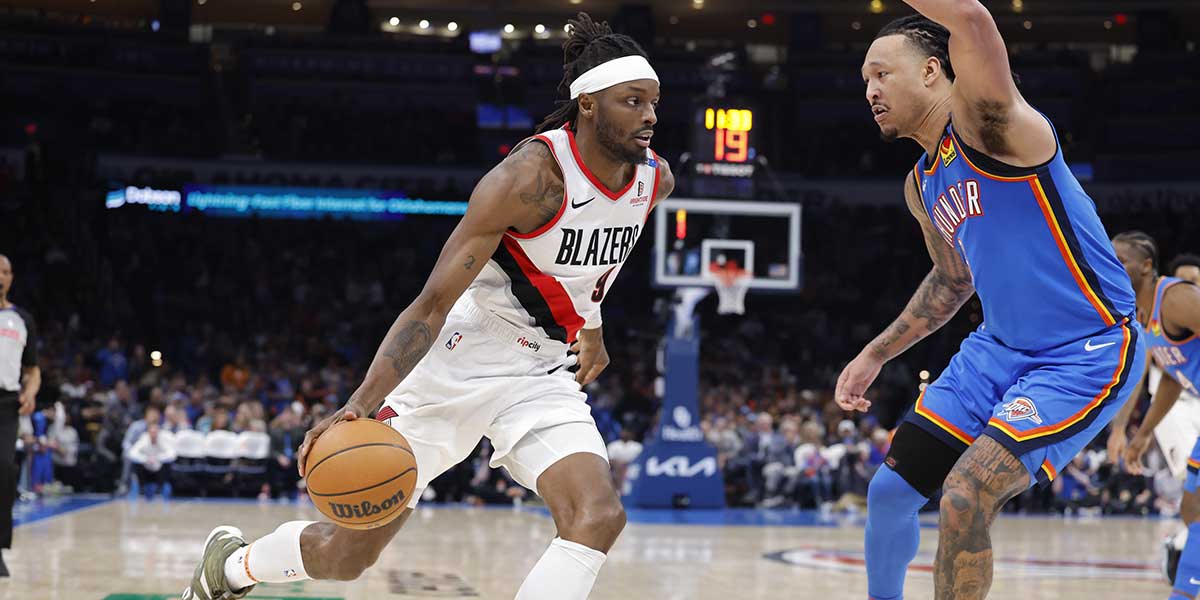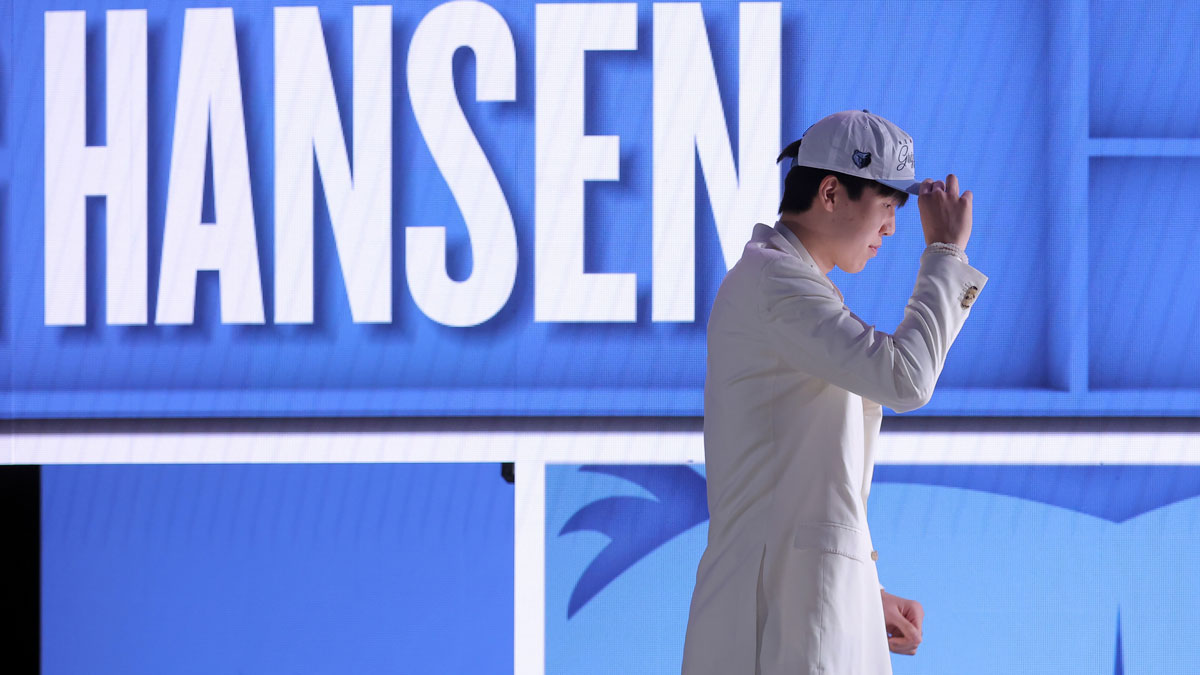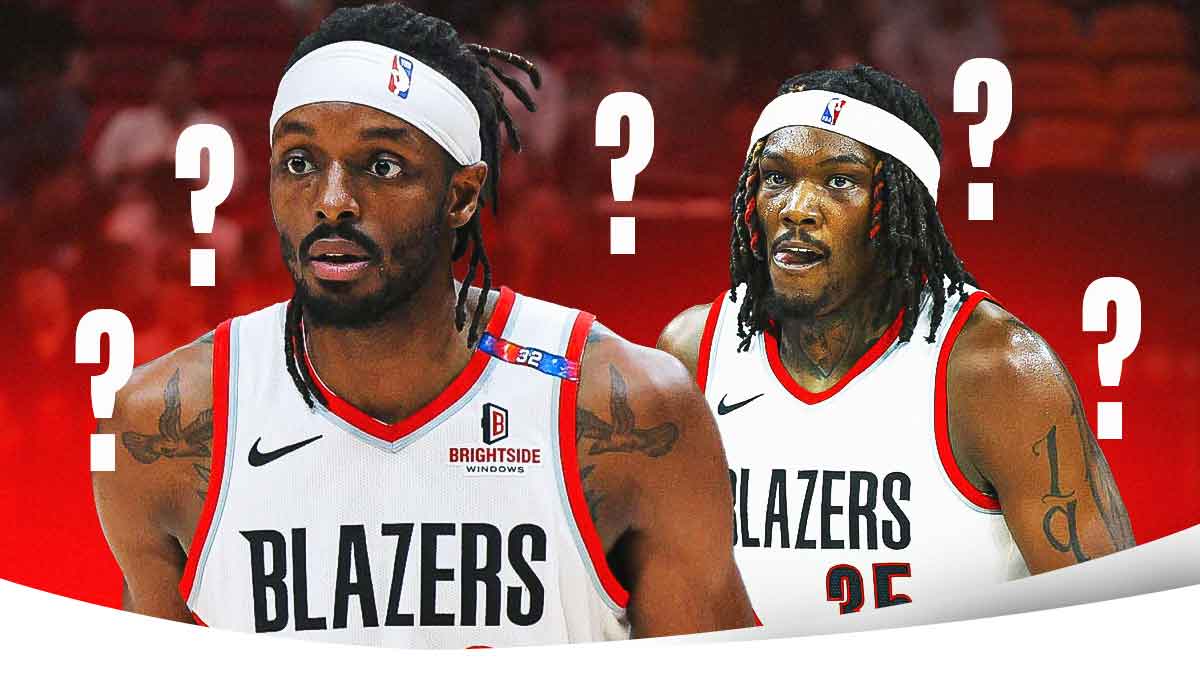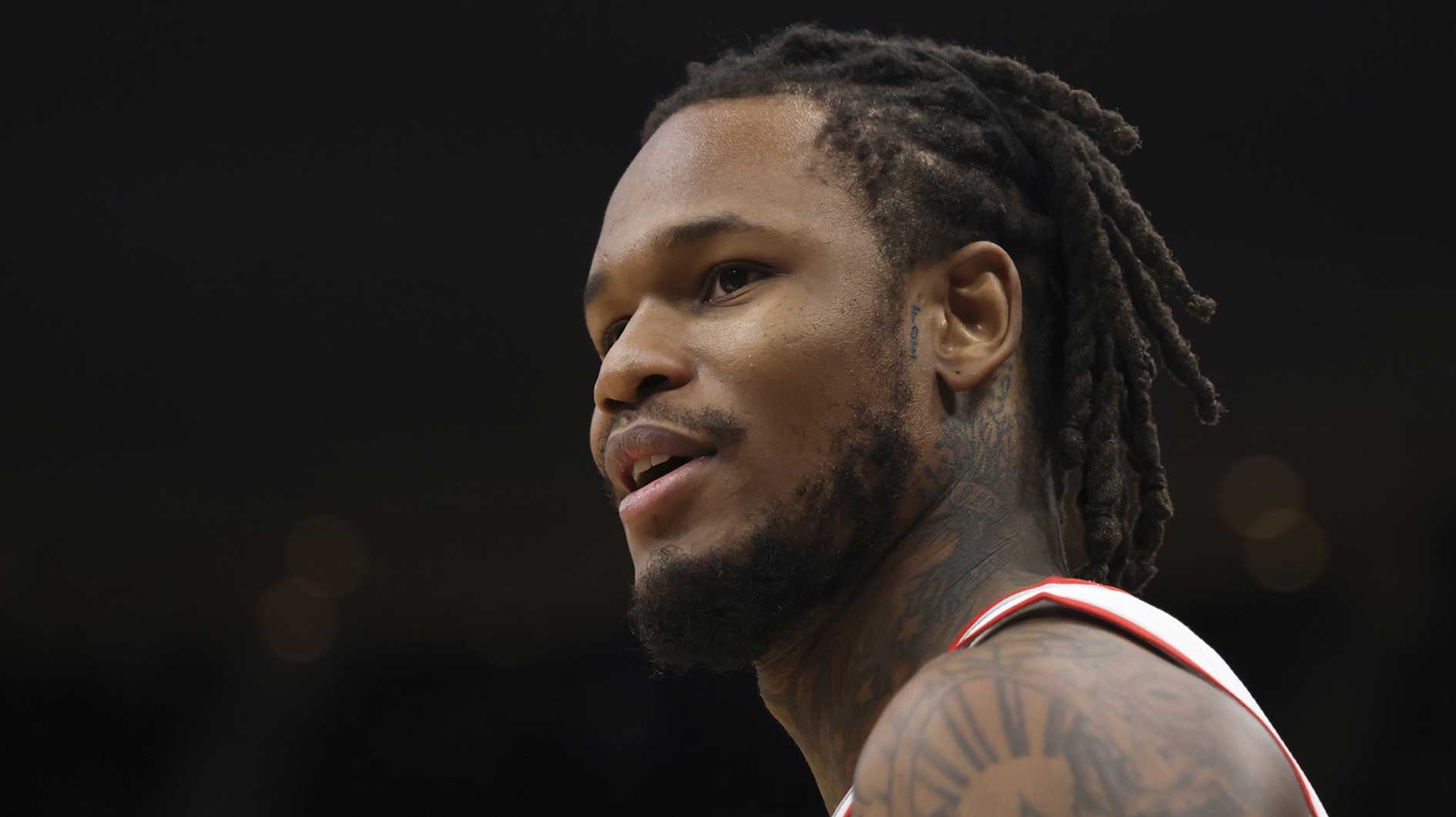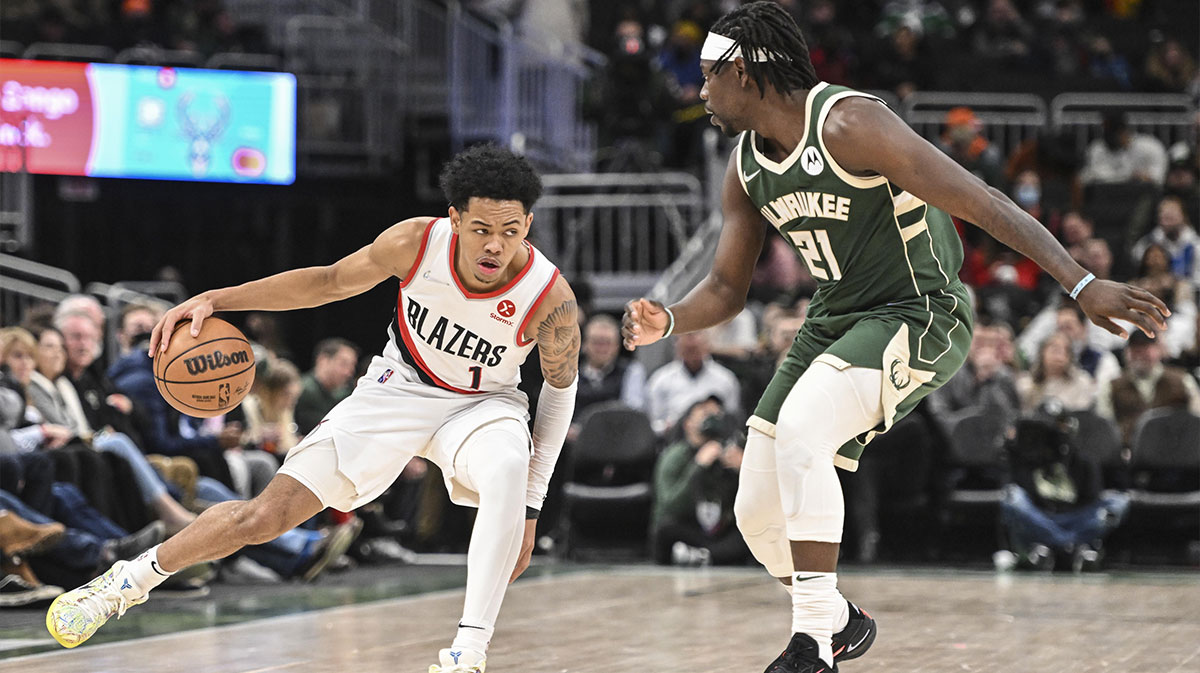Damian Lillard and Chauncey Billups don't care about results in the preseason. That opinion is a convenient one for the franchise player and rookie head coach of a team that went winless in exhibition play, losing four games by a combined 95 points—and all of them by at least 14. Lillard and Billups weren't lying, though. Wins and losses really are irrelevant for every team in the preseason, especially one undergoing the wholesale stylistic shift facing the Portland Trail Blazers.
But the whole point of dismissing the scoreboard is looking past it to focus on progress manifested elsewhere, and the Blazers just didn't make much of it when they took the court against a real opponent over the last two weeks. The hope is their diligent work on the practice floor—championed by Billups, Lillard and everyone else throughout training camp—is what's reflected most in the regular season, ensuring Portland's adjustment period from deploying Terry Stotts' schemes to Billups' is far less severe and goes much more smoothly than it did during the preseason.
Caveats abound regarding the Blazers' recent performance. Their full rotation was only available for the preseason opener. Their regulars didn't play at all in one of those four games. Portland's ugliest loss, to the Phoenix Suns, came with each of Billups' top four bench players sidelined. Over half of the Blazers' top-nine players didn't suit up for the exhibition finale. Their three-ball just hasn't been falling to the extent it will over a larger sample size.
What makes the Blazers' losses significant isn't that they happened at all, but how they happened. Billups singled out the first 20 minutes of Friday's loss to Golden State as a bright spot defensively, yet offensive struggles and Steph Curry catching fire before halftime still left Portland trailing at intermission. It shouldn't be lost on anyone that the Blazers' best defensive stint under Billups to date came with Lillard wearing street clothes, either.
Bottom line: Portland's process in preseason games was just as bad as its final results. And if numbers like these carry over into the regular season, the Blazers—with Lillard's future beyond this season still a looming question mark—won't even have the luxury of alluding to developing comfort in Billups' systems as losses mount.
Here are two preseason stats that should worry Portland ahead of its season-opener on Wednesday against the Sacramento Kings.
30th in Opponent's Three-Point Rate
The chief justification of the Blazers' ultra-conservative defensive scheme under Stotts was limiting rotations in hopes of goading the offense into less efficient shot attempts. It worked for a while, too.
Portland finished top-10 in location effective field goal percentage on defense—a measure of opponents' eFG% if they shot league average on the shots a team is allowing—for four straight seasons beginning in 2015-16, per Cleaning The Glass. That winning numbers game for the Blazers was flipped on its head in 2019-20 and 2020-21, though, death for a defensive scheme that inherently kept turnovers low.
Billups isn't counting on math to improve Portland's defense. He's betting increased pressure at the point of attack and activity on the backline will spark more engagement from the Blazers, leading to an uptick in turnover rate and the frequency of defensive possessions that keep offenses from establishing rhythm. It didn't happen during the preseason, a reality laid bare by Portland's dead-last rank in opponent three-point rate, according Cleaning the Glass.
Portland allowed a whopping 50.7 percent of opponents' shots to come from beyond the arc during exhibition action, over five points more than the Charlotte Hornets' 29th-ranked mark. It's not like the Blazers are permitting three-point attempts selectively, either. They also finished 29th in rate of opponents' attempts on corner threes.
Growing pains were bound to afflict Portland. Both Billups and Lillard have spoken of just how difficult it is to break and change habits; the Blazers won't panic if it takes longer to get comfortable executing their new defensive scheme than they'd like. It bears reminding that two of Portland's preseason games came against the Warriors, too, poised to lead the league in three-point rate this season even before Klay Thompson makes his long-awaited return.
There are legitimate excuses to factor in here, of course. But just as pertinent is an acknowledgment that it's not exactly surprising the Blazers would struggle to make precise, multiple-effort rotations and run shooters off the arc given their defensive personnel. In that regard, Stotts' approach is a better fit than Billups' is.
Let's hope Portland's square pegs fit better into round holes as the season wears on. Surrendering threes at the highest clip in league history would spell doom for the Blazers.
29th in Transition Frequency
The Blazers' motto for this season is P.A.C.E.: preparation, accountability, communication and execution. Those overarching ideals have been preached, to a man, throughout Portland's preparations for the regular season, but aren't the only reasons Billups chose that specific acronym. He also wants his team to actually play with pace offensively in 2021-22.
It's a misconception that tempo can only come in the open floor. The league's best halfcourt offenses that rely more on execution and continuity than overwhelming star power get into their actions quickly, ping the ball from side to side, sprint into screens and make hard cuts toward the rim from the perimeter. All those nuances represent pace, too, and will be a requirement for the Blazers to sustain or improve upon an offense that was basketball's second-best a year ago—at least if Lillard and C.J. McCollum actually spend more time playing off the ball.
Make no mistake, though: Billups also wants this team to fast break far more often than in years past. Yet Portland's 12.8% transition frequency during the preseason, per Cleaning the Glass, ranked second-to-last in the league. The easiest way to play in transition is off live-ball turnovers, and the Blazers didn't force much of them. They also made a concerted effort to find opportunities early in the shot clock over the last four games, creating the type of tempo Billups wants on possessions that didn't fall under the umbrella of “transition.”
You can see Portland really did take that new emphasis on pace to heart, at least in ways it could control. True open-floor chances can't be mustered at the snap of a point guard's finger or urging from a coach on the sidelines, though. Just like the marriage between roster and scheme isn't seamless on the other side of the ball, it isn't with respect to the Blazers' goal of pushing the pace offensively. Other than Norman Powell, there isn't a player on this team who's at his best and most natural in transition.
Perhaps slow, steady defensive improvement over the course of the regular season makes those fast breaks easier to come by. It better if Portland wants to finally start threatening defenses in the open floor with some semblance of regularity.

